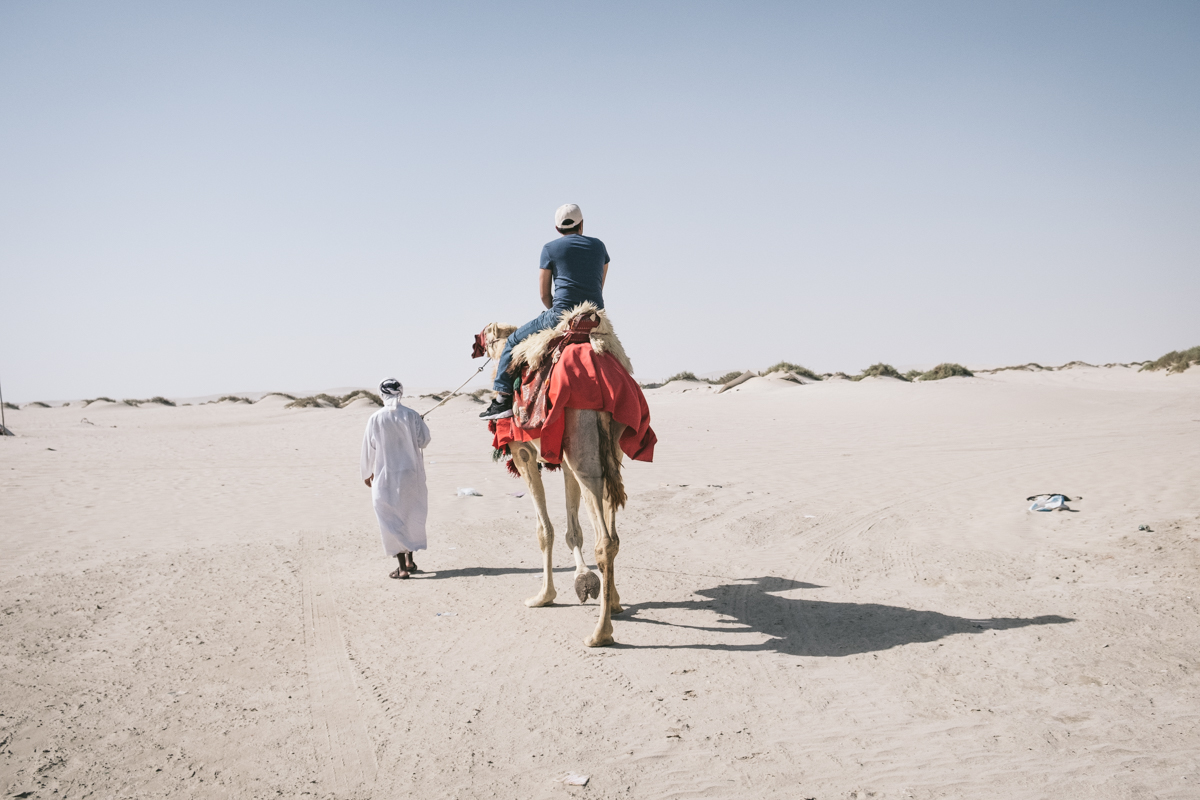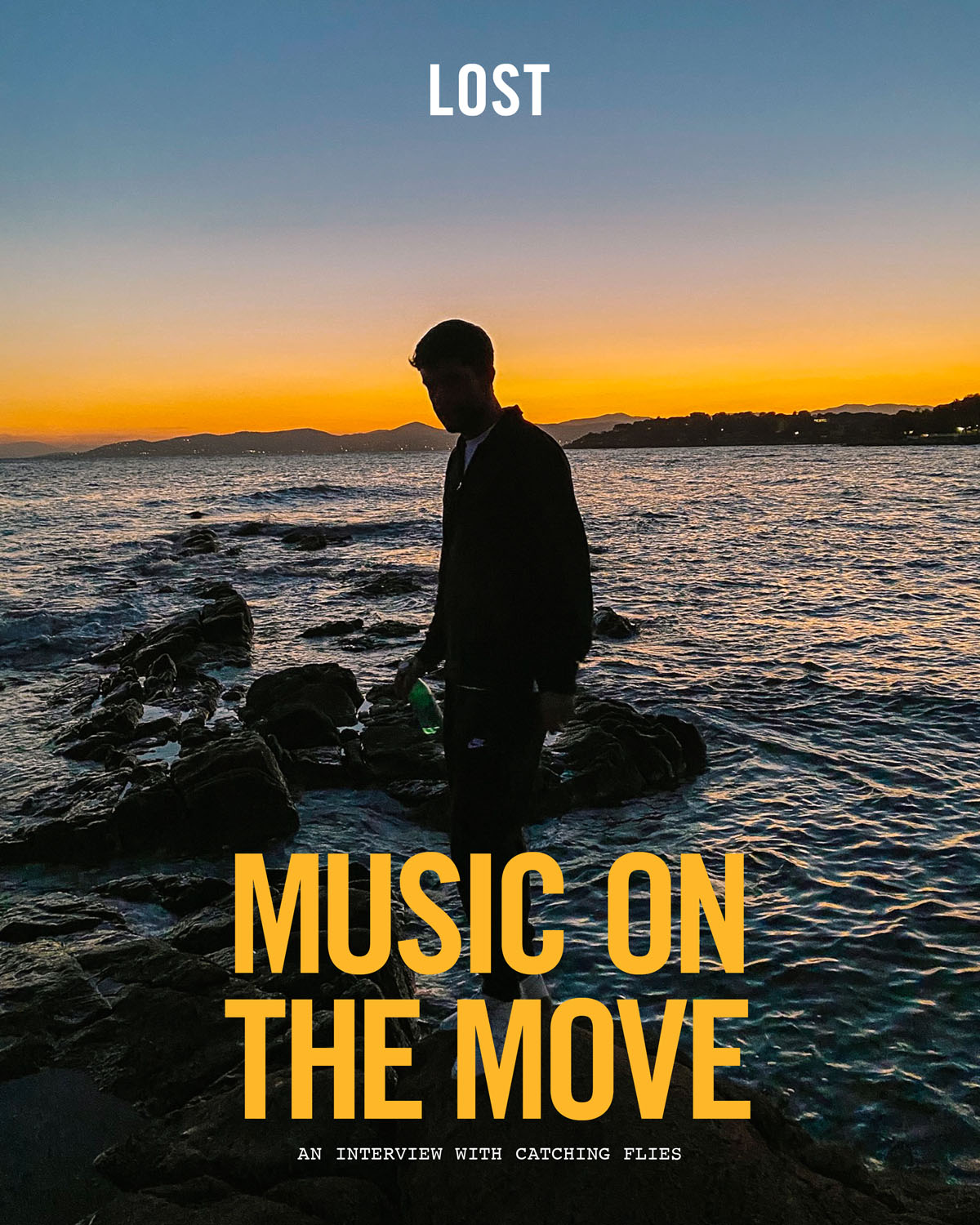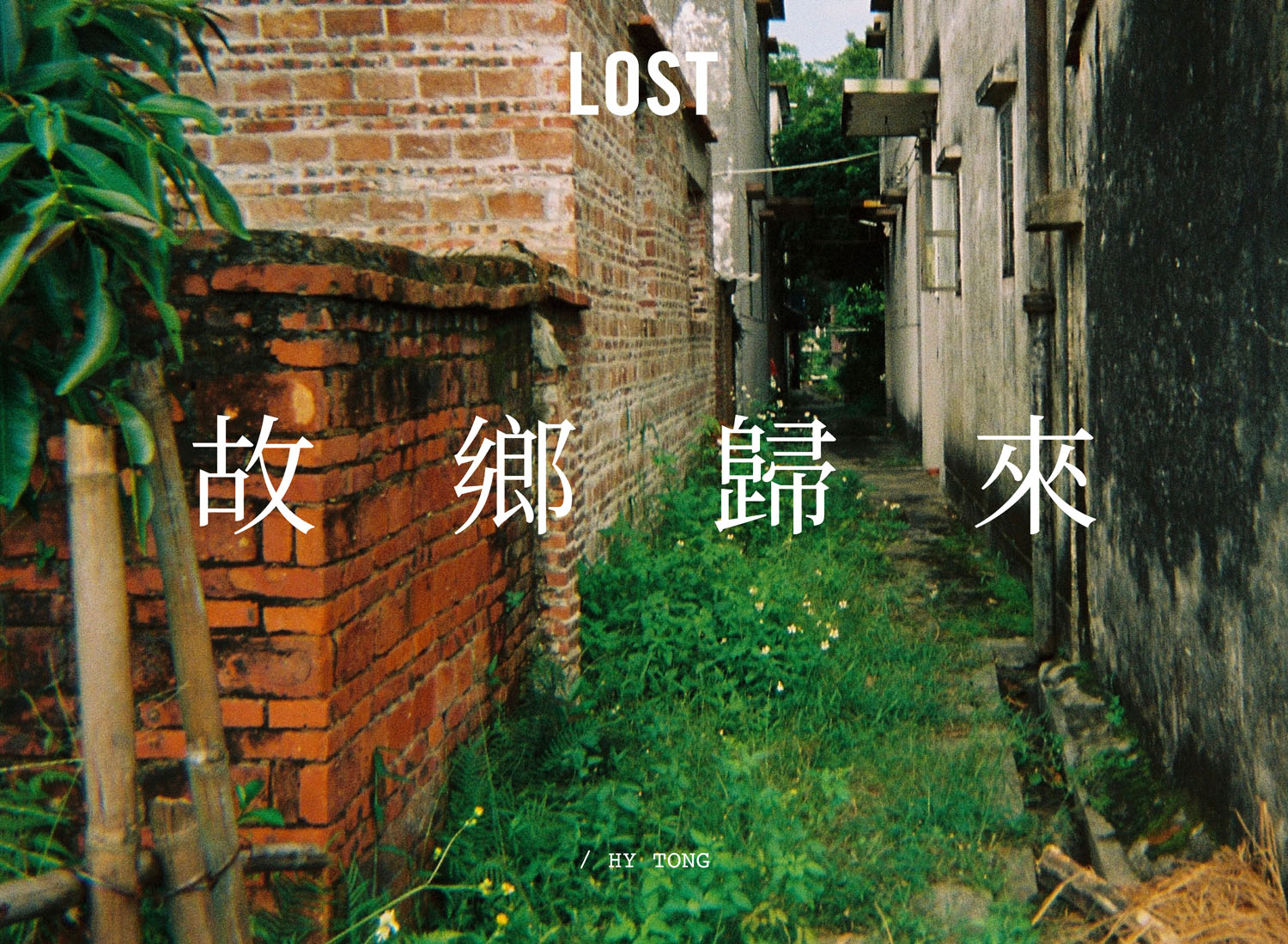BY DIANE CHIANG
In a split second, the car lurches forward and we drop three stories. I yell over Rihanna pumping on the radio. In the last moment, before the vehicle slammed hood first into the sand, the driver sharply turns to cut short our fall into a series of abrupt dips. The RV skims the surface of the sloping sand and slows to a stop. When I let go of the car door handle, our driver chuckles, “This is a new language – your ‘woahs’ and ‘aahs!’” I raise my eyebrow. Yea, Bassam’s a bit of a joker.
Around the world, landscapes shape the people that inhabit them. For Seattleites, the evergreens pique their adventurous spirit, Los Angelenos live a life shaped by coastal surf spots, and for Qataris, it’s the jaw-dropping sand dunes that surround Doha. The desert provides an escape and outlet for adventure. The city hosts an annual 12-hour international 350-km desert rally attracting drivers around the world. Bassam’s tour gave us a taste of that–and of how those dunes live inside every Qatari.
Bassam tells us proudly the last drop was 35 degrees, and then proceeds to hum along with the radio. For the last 16 years, he traveled across this desert, and he knows every drop, waypoint, and shrub.
“I love the desert,” he gestures with his chin, “I come here even when I don’t have a job to get out of the city.”
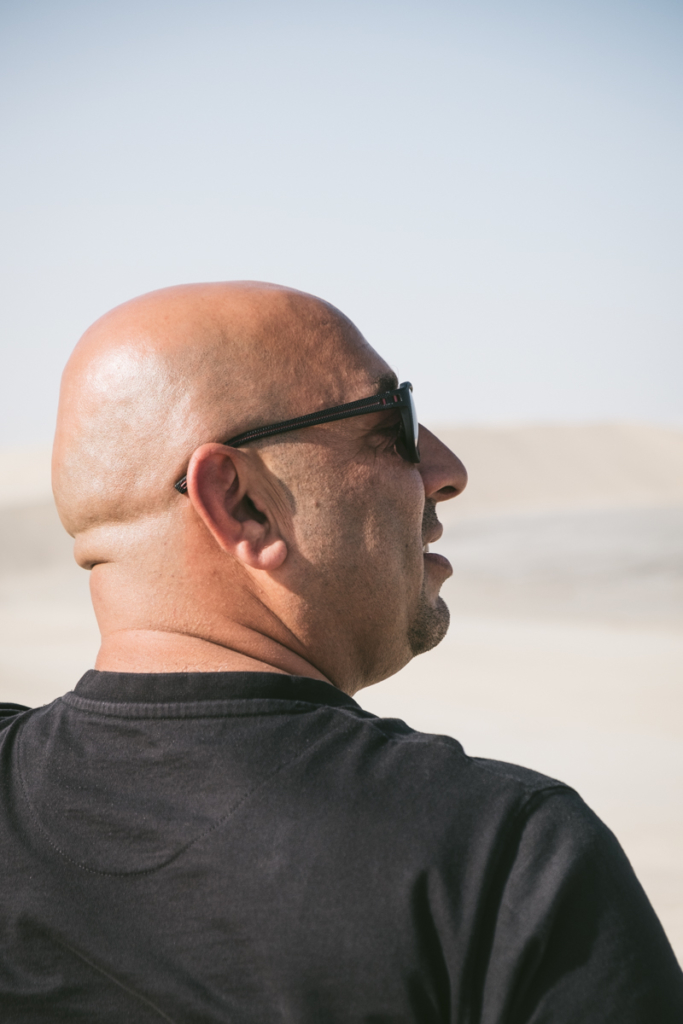
Bassam tells us about animals that live in the desert – camels, small lizards, desert mice, and foxes. Occasionally, he explains, desert camps release camels out to wander. Suddenly he points into the distance. “See that camel?” We crane our necks. The car drops and we yelp.
He pumps his fist triumphantly into the air. We groan. “Oh, that was a small one. Come on!” Duped by the driver, yet again.
In addition to driving guests for Gulf Adventures, Bassam’s responsibilities include running the business, managing day-to-day operations, booking tours with Qatar Airways customers, and supervising employees in the office and at the seaside camp. He speaks English and Arabic fluently and is learning Spanish, French, and Tagalog. When asked what ethnicity he is, he says matter-of-factly, Palestinian – even though he’s lived in Qatar for his entire life.
I ask him how he knows where he is going, and Bassam cites his experience. I pushed him for specifics. He tells me he relies on tire tracks, other 4x4s in the area, camps, waypoints, and even the sun. If need be, cell towers in the desert provide a signal for lost drivers.
The desert is a good teacher. Bassam surveys and reads the landscape, and knows which areas RVs get stuck. As we drove around a deep valley, he points to the five RVs below. “See that dark patch of sand? There’s [fresh] water five meters down. But them? They’ll be stuck if they don’t get out soon. One time I got stuck, I had to dig my vehicle out.”
Finding a good stopping point atop a dune, Bassam let us out to admire the desert while he took a smoke break. The rolling sand dunes extend without an end in sight, and the sharp contours seem as if cut by a knife. With his back facing us, Bassam takes a long drag of his cigarette. His cinematic silhouette, sunglasses, and cigarette against the sand magnify the mysticism of the desert.
At our last stop, we arrive at Khawr al Udayd, the inland sea separating Qatar from Saudia Arabia. Bassam points out all the military posts – tiny specs of white against the sand and water – and brings out his handy regional map of the Middle East. More than 80% of the region is covered by a desert, he explains, and the people of the region are separated by this geography.
On the way back, I take more pictures of the sand dunes and jagged cliffs, and I see why the incomprehensible vastness of the desert invites the imagination to roam. The majestic desert shapes a way of life, but to the Qataris, it is a common sight like trees or mountains. The desert may be a nuisance for some, with its ever-expanding appetite threatening to engulf cities. For others, its sheer size and scale make you wonder if it ends.
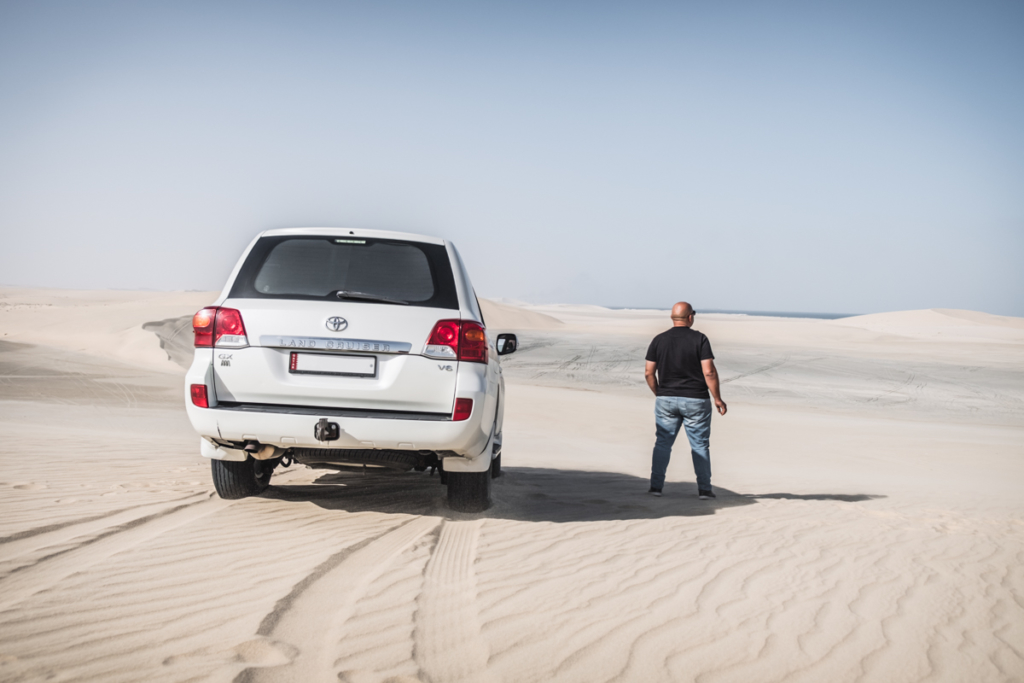
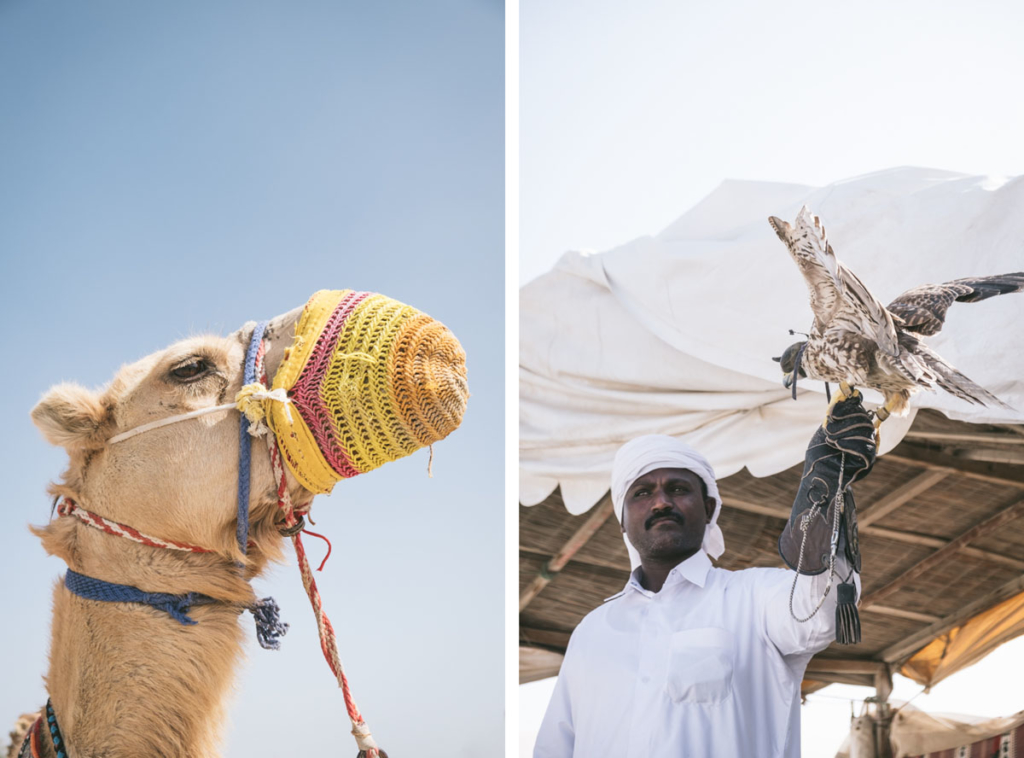
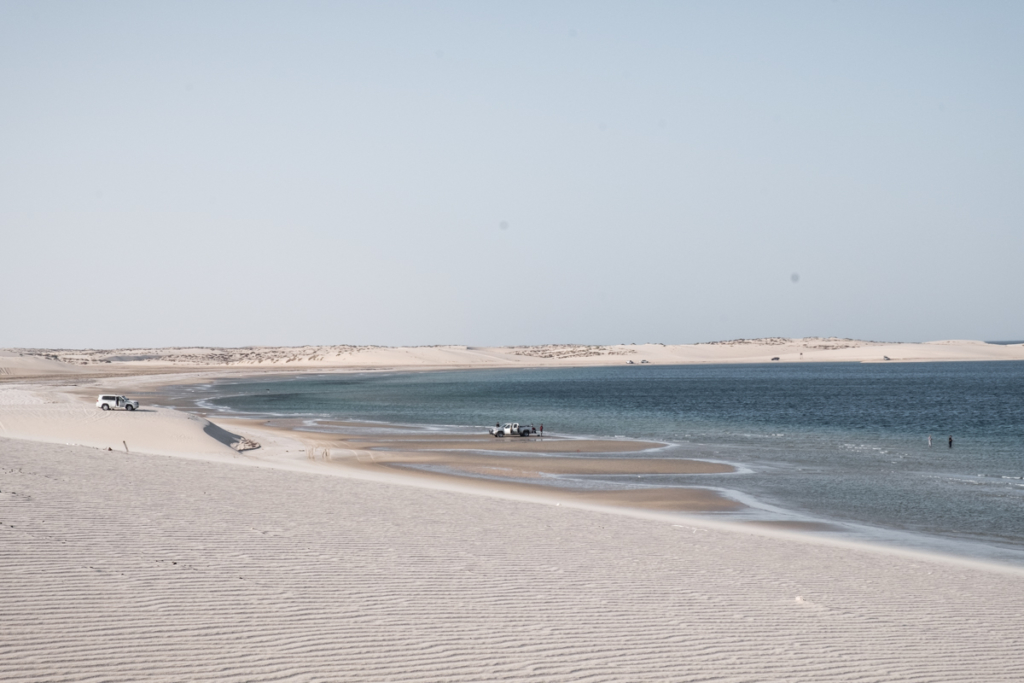
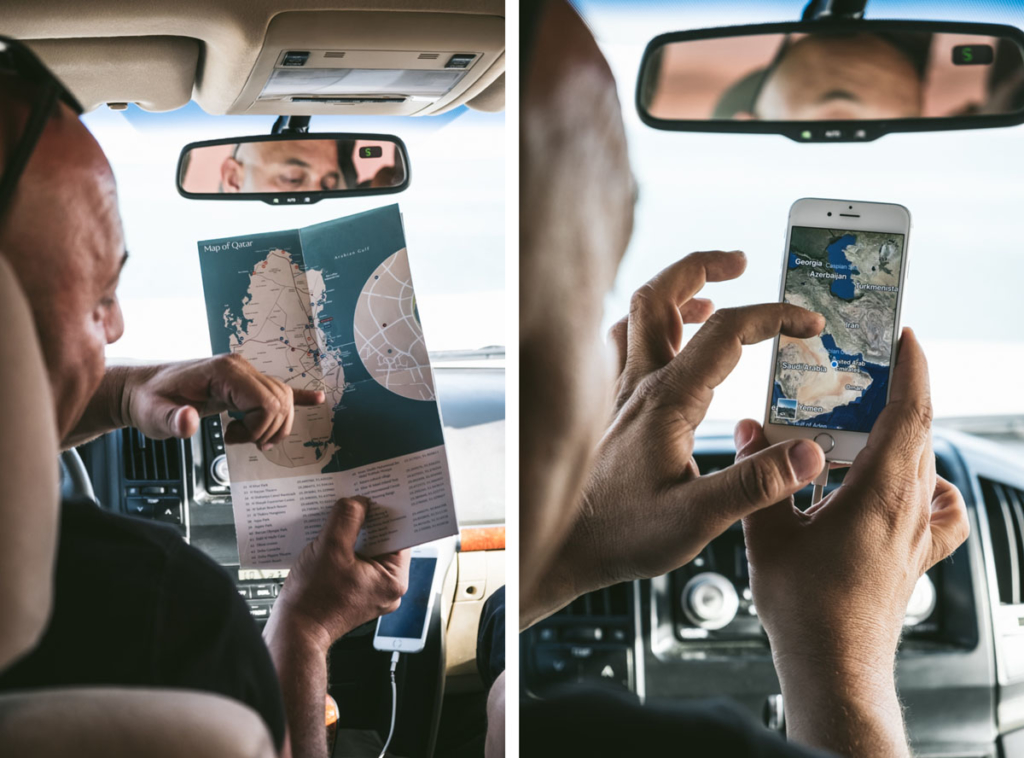
頃刻之間,汽車前傾,我們顛了幾顛,都摔了下來。我的喊聲比收音機裏蕾哈娜的歌聲還要大。在汽車栽入沙地前的最後一刻,司機急轉彎,車頭左右轉動,緩解著車身的下陷。行旅車擦過沙丘緩坡,慢慢停下。當我松開車門把手,司機笑著說,“這可是一種新語言——你的‘喔’和‘啊’!”我挑了挑眉。好吧,Bassam 喜歡搞笑。
在世界範圍內,景觀塑造了棲息於其間的居民。對於西雅圖人來說,常青樹激發了他們的冒險精神,洛杉磯人過著一種受沿海沖浪地影響的生活,而對於卡塔爾人來說,是圍繞著多哈的那些叫人目瞪口呆的沙丘。沙漠為冒險提供了逃避與出口。這座城市每年舉辦長達12小時的國際沙漠拉力賽,賽程 350 公裏,吸引了全世界的賽車手們。與 Bassam 同行的這一程讓我們嘗到了一點拉力賽的滋味,也了解了這些沙丘在每個卡塔爾人的心裏是怎樣的存在。
Bassam 驕傲地告訴我們,剛才掉下去的最後一個坡有35度,然後就跟著收音機哼起歌來。在過去的16年裏,他在沙漠間穿行,知曉每一處陡坡、停車點和灌木叢。
“我愛沙漠,”他用下巴示意,“就算沒有工作的事讓我離開市區,我也要來這裏。”
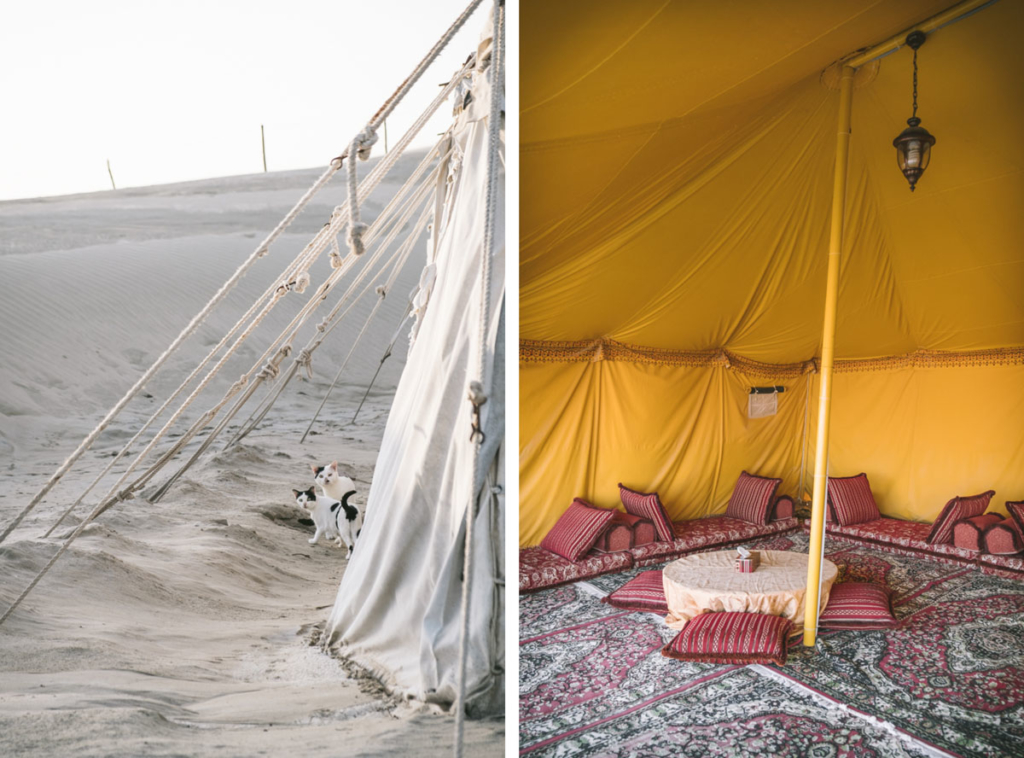
Bassam 向我們介紹在沙漠裏生活的動物——駱駝、小蜥蜴、沙漠鼠還有狐貍。偶爾,他解釋到,沙漠營地會放駱駝出來亂晃。突然他指向遠處,“看到那只駱駝了嗎?”我們伸長了脖子。車子下陷,我們尖叫起來。
他得意地向空中揮舞著拳頭。我們抱怨著。“哎,這個坡很小。加油!”被司機耍了,又一次。
除了為參加海灣探險活動的遊客做司機之外,Bassam 的責任還包經營生意,管理日常運營,與卡塔爾航空旅客訂行程,以及監管辦公室和海邊營地的員工。他可以流利地使用英語和阿拉伯語,還在學習西班牙語、法語和塔加洛語。當問起他的種族時,Bassam 說自己實際上是巴勒斯坦人——雖然他一直在卡塔爾生活。
我問 Bassam 怎麽認路,他說靠經驗。我又追問細節。他說自己依靠輪胎痕跡,這片地區的其他4X4越野車,營地,停車點,甚至是太陽。如果需要的話,信號塔也為迷路的司機提供信號。
沙漠是良師。Bassam 調查、閱讀這裏的地貌,知道在那些區域行旅車會陷進去。當我們在一個深谷轉悠,他指了指下面的五輛旅行車。“看到那片暗色的沙地了嗎?那下面五米處有水源。但是這幾輛車嘛,如果他們不馬上爬出來,就要陷進去了。有一次我陷在沙裏,最後只能親手把車挖出來。”
Bassam 在沙丘頂上找到了一處好地方停車,讓我們下車欣賞沙漠,他自己則去吸煙休息。視野裏翻滾的沙丘向遠處無限地延伸,鋒利的輪廓好像刀子切割出來的。Bassam 背對著我們,長長地吸了一口煙。在沙的對比下,他電影般的剪影,墨鏡和香煙,更加強了沙漠的神秘。
在最後一站,我們來到了 Khawr al Udayd,一片把卡塔爾與沙特阿拉伯分開的內海。Bassam 指出了所有的軍事點——在沙漠和海水中白色的小圓點——然後拿出了便攜的中東地圖。這裏超過80%的區域被沙漠覆蓋,他解釋說,這裏的人則被這樣的地理環境分開。
在回去的路上,我拍了更多沙丘和懸崖峭壁的照片,我漸漸明白為何沙漠不可思議的廣袤引來想象力的馳騁。壯觀的沙漠塑造了一種生活方式,但對當地人來說,這只是像山或者樹那樣常見的景象。對一些人來說,沙漠可能是個麻煩,它不饜的胃口持續侵吞著城市。對其他人來說,它的尺度與規模又讓你驚嘆沙漠是否有止境。
Diane Chiang is a Taiwanese-American writer who grew up feasting on cheap Chinese food in the 626 suburbs of LA. Based in Seattle, LA, and Taipei, she’s constantly hunting down food and travel stories for her site, The Gastrotourist.
Diane Chiang 是一位台湾裔美国作家,成长在洛杉矶城外,区号626的郊区,吃便宜的中餐长大。现在居住于西雅图、洛杉矶和台北,她长期为自己的网站The Gastrotourist猎取食物与旅行故事。
